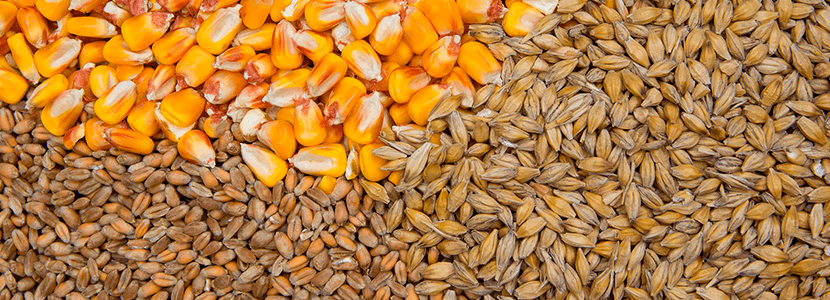According to FAO’s latest report, global cereal production is anticipated to reach unprecedented levels in 2023.
Throughout this year, the United Nations Food and Agriculture Organization has been issuing reports on the global cereal production status, with a particular focus on supply and demand.
As of October 6, 2023, FAO revealed that, compared to their previous projections, global cereal production had increased by around 3.8 million metric tons, totaling 2,819 million metric tons. This marks a 0.9% uptick in production.
This increase is primarily attributed to improved expectations in wheat production. In September, the global wheat production estimate was raised by 3.7 million metric tons, reaching 785 million metric tons.
These more positive projections are largely based on the latest production assessments from Russia and Ukraine, which have experienced favorable weather conditions.These upward revisions compensate for the significant decline in wheat production forecasted for Canada due to a prolonged and ongoing dry spell in Alberta and Saskatchewan, the primary wheat-producing provinces.
The report also notes reduced wheat production in Argentina and Kazakhstan due to adverse weather conditions, particularly a prolonged period of dry and warm weather that adversely affected crop conditions.
FAO’s most recent forecast for global coarse cereal production in 2023 has remained relatively stable at 1,511 million metric tons. However, this represents a 2.7% increase (39.2 million metric tons) compared to the previous year. The forecast for global maize (corn) production has seen a slight increase this month, primarily driven by improved prospects in Brazil, reflecting the most recent estimates of the area planted with the primary crop (safrinha) and the current harvest’s yield,” as stated by the Food and Agriculture Organization of the United Nations.
You can access the full report here.
You may also like to read: “FAO releases its first report on soil carbon in grasslands”
